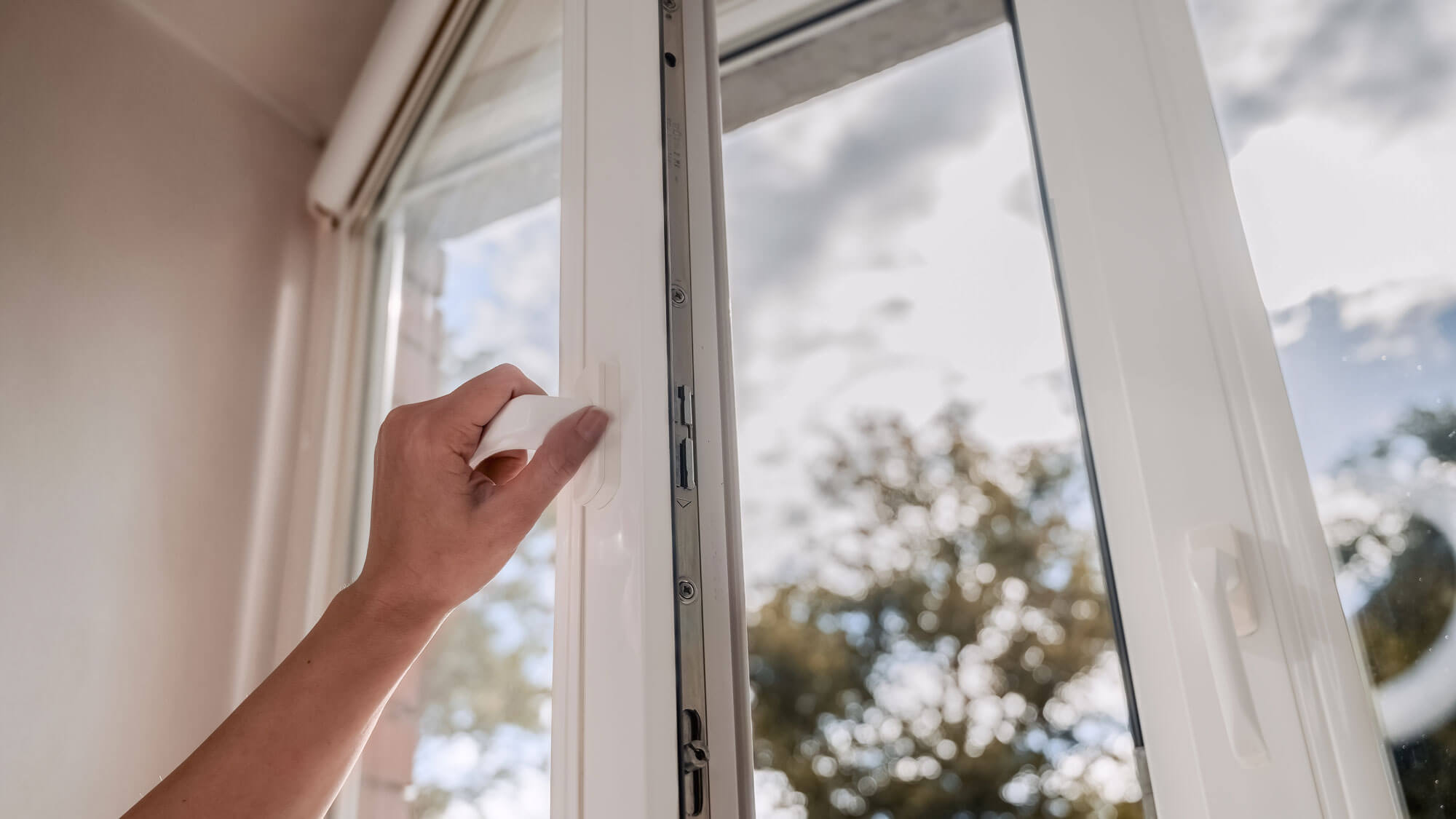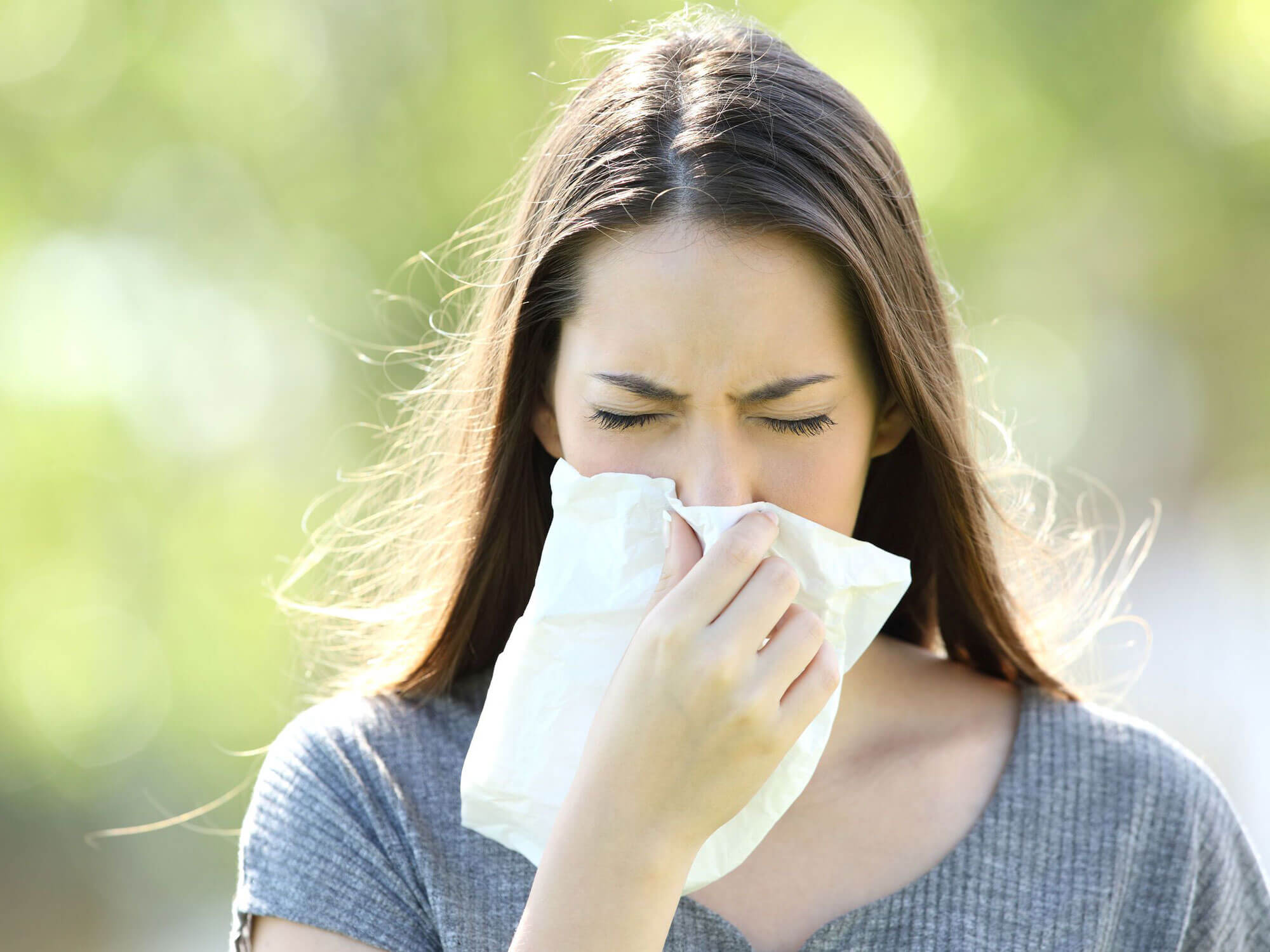
The invisible danger: key air pollutants and their impact
Air pollution ranks among the most severe threats facing humanity, with an estimated seven million deaths worldwide each year attributed to pollutants like particulate matter and nitrogen oxides.
In spite of the World Health Organization (WHO) affirming clean air as a basic human right, a staggering 99 percent of the global population breathe air that does not meet WHO's quality criteria. The key problem is the invisibility of most air pollutants; unlike the occasional visibility of smog or pollen, these contaminants escape detection by the naked eye. So why are air pollutants harmful and how can we reduce air pollutants both indoors and outdoors?
What are air pollutants and where do they come from?
Air pollutants, consisting of particles and gases, are emissions that contaminate the atmosphere, exerting negative effects on human health and on the environment. Invisible pollutant emissions, which include gaseous air pollutants like carbon monoxide, carbon dioxide, and nitrogen oxides, primarily originate from sources such as vehicle exhausts, industrial activities, energy generation, and agricultural processes.
Particulate matter constitutes a diverse array of air pollutants, with some particles being so ultra-fine they can infiltrate the human body with ease. This form of pollution is generated for example by certain industrial processes, agricultural and livestock farming or brake and tire abrasion from vehicles. Even vehicles that comply with higher environmental standards and those with alternative propulsion systems emit pollutants into the air that harm the environment.
However, the measures to combat air pollution go beyond roads, fields, and industrial areas. Within private households, indoor air pollutants pose a serious threat.
Key primary and secondary air pollutants: a comprehensive overview
The array of air pollutants is extensive, and the origins of these contaminants are equally diverse. To enable optimal protection against airborne hazards, it's essential to identify these sources. Only then can we find solutions to reduce emissions and prevent high concentrations of pollutants in the atmosphere.

Examples of primary air pollutants:
- Carbon monoxide (CO) is produced by the incomplete combustion of carbon -containing fuels such as wood, gasoline, and coal, particularly in motor vehicles and heating appliances like stoves.
- Sulfur dioxide (SO2) is predominantly generated in industrial processes and electricity production, arising from the combustion of fossil fuels that contain sulfur.
- Particulate matter (PM) serves as a key indicator for air pollution, encompassing various tiny particles, including those resulting from brake and tire wear, among other pollutants.

Examples of secondary air pollutants:
- Ground-level ozone (O3) is created in the atmosphere through the reaction of nitrogen oxides (NOx) and volatile organic compounds (VOCs) under the influence of strong sunlight.
- Nitrogen dioxide (NO2) forms when nitrogen and oxygen gases react, typically during high-temperature combustion processes, such as those found in automobile engines and industrial operations.
- Acid rain results from the chemical reaction between sulfur dioxide (SO2) or nitrogen oxides (NOx) and water in the atmosphere, leading to precipitation that is acidic in nature. This acidification of rain is especially damaging to plant life and trees.

Other air pollutants:
- Polycyclic aromatic hydrocarbons (PAHs) are generated from the incomplete burning of organic materials and substances.
- Ammonia (NH3) is a noxious gas primarily found in agricultural fertilizers. When released, it reacts with other air pollutants to create particulate matter.
- Nitrogen oxides (NOx) emerge from the combustion of fuels, wood, oil, and other materials, occurring in engines or combustion facilities.
- Formaldehyde is another pollutant generated during the combustion of organic materials, including wood, similar to polycyclic aromatic hydrocarbons (PAHs).
- Radon is a pollutant resulting from the natural radioactive decay of uranium found in soils and rocks.
Air pollutants and their impact on health and the environment

Exposure to these and other pollutants can create serious health implications, particularly for individuals with pre-existing conditions such as asthma or allergies.
Air pollutants can cause respiratory irritation or diseases, elevate blood pressure, and in severe cases, can even lead to lung cancer or respiratory failure. Air pollutants also have a profound impact on the environment.
Greenhouse gases like carbon dioxide contribute to the greenhouse effect and, consequently, to global warming.
Filtration solutions from MANN+HUMMEL for improving air quality
By providing brake dust particle filters, cabin air filters, fine dust particle filters, and filter cubes that act like outdoor air purifiers, we work towards cleaner mobility - for drivers and passengers both inside and outside the vehicle. These technologies are effective in filtering out fine dust particles and nitrogen dioxide, among other pollutants.
Our molecular filtration technology is also used specifically against fine dust particles, sulfur dioxide, nitrogen dioxide, ammonia, formaldehyde, and polycyclic aromatic hydrocarbons. Our molecular filters also provide reliable protection against unpleasant odors, volatile organic compounds (VOCs), particles and ozone and are used, for instance, in hospitals, the mobility sector, the industrial sector and in residential applications.
We offer innovative digital solutions which are able to conduct pollutant measurements and indoor air analyses, monitoring air quality. This enables the implementation of highly efficient, customized actions to effectively tackle outdoor and indoor air pollutants.
This is how we ensure cleaner air with pioneering filtration technologies and smart digital innovations - for a planet worth living on.




